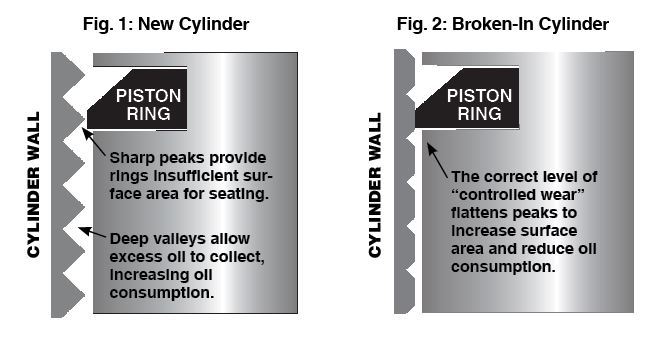SIGNATURE SERIES Protects Engines from Future Industry Problem LSPI can destroy pistons and connecting rods, bringing an engine to a standstill in seconds. Original equipment manufacturers (OEMs) like General Motors (GM)* have addressed the issue by designing tests to gauge a motor oil’s ability to prevent these destructive events. Signature Series achieved 100 percent protection […]
You are browsing archives for
Tag: motor oil
How Do I Switch from Conventional to Syn...
How Do I Switch from Conventional to Synthetic Oil? John Baker|Mar 14, 2018 9:16 AM To borrow a famous slogan, just do it. There is still some confusion about changing to a different type of oil in vehicles, particularly older models that have accumulated many miles. A small group of ill-informed individuals in garages and […]
Why You Should Be Wary About Using Break...
Why You Should Be Wary About Using Break In Oil in Powersports Equipment John Baker|Sep 25, 2017 1:32 PM Marco Navarro asks on our Facebook page about break in oil, with attention paid to powersports engines. (Break in oil importance, drain interval on it, and applications. To include motorcycles and ATVs since life of engine is shorter […]
Why Did We Reformulate Signature Series ...
Why Did We Reformulate Signature Series Synthetic Motor Oil? Local Sioux Falls note: We are reposing this article from last fall as it is important to realize the changes coming and how these enhancements will only add to the performance on older vehicles too. AMSOIL’s Signature Series likely already exceeds the future API specification which […]



